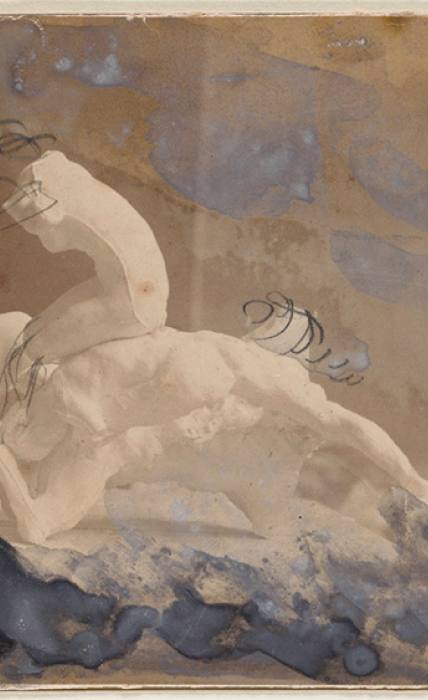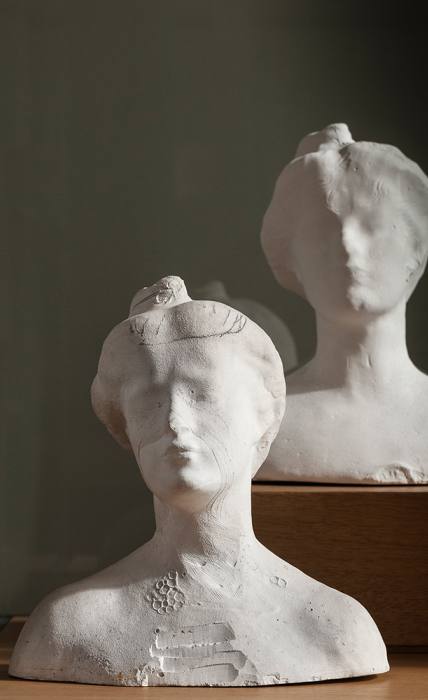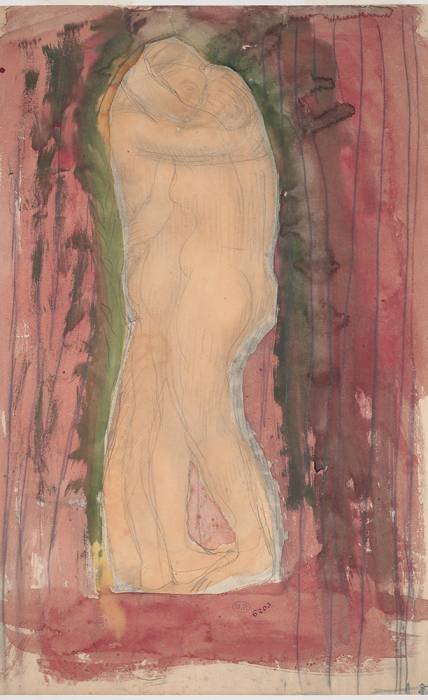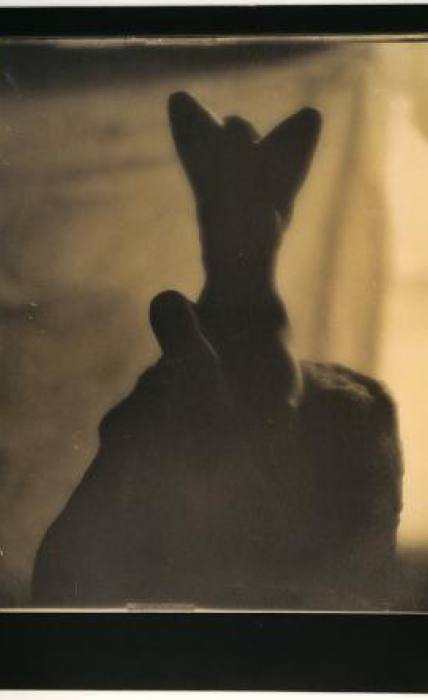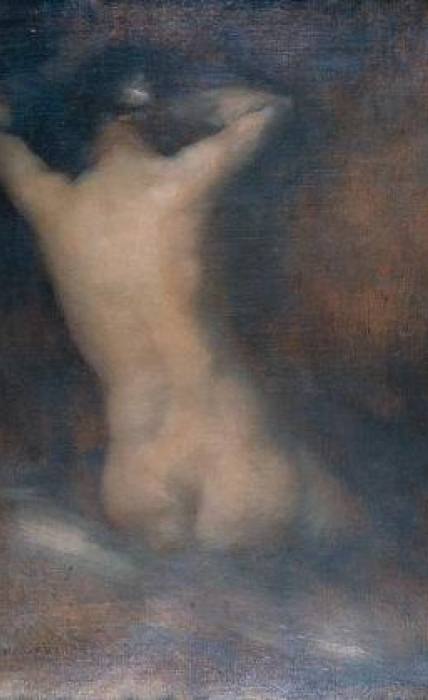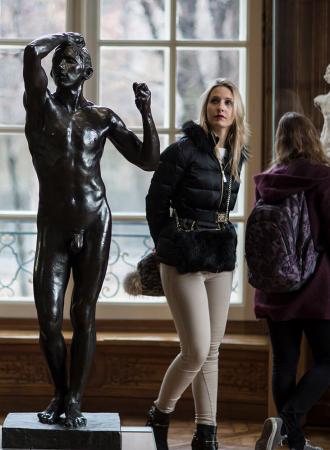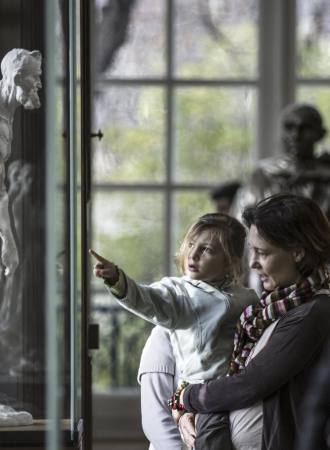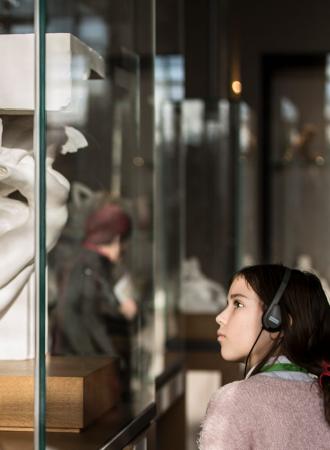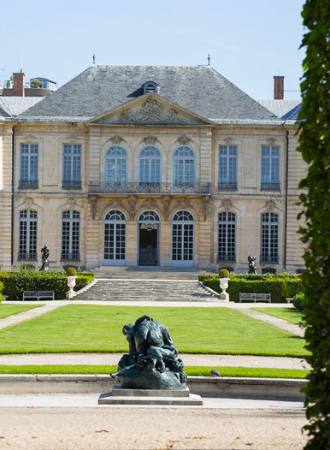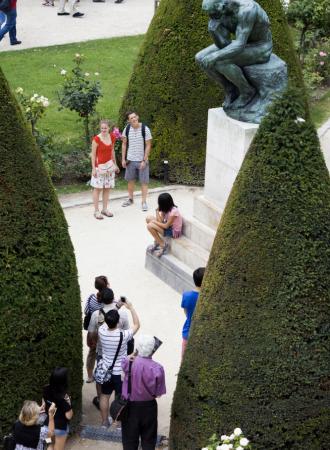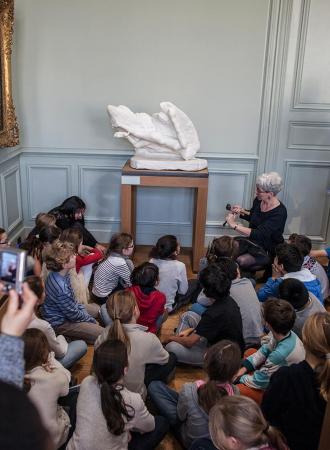Search the site
Soft focus
From the mid-1890s onwards, Rodin adopted a new aesthetic. According to his friend and biographer Judith Cladel (1873-1958), he began to view the world “through an almost imperceptible veil” (1917). He softened the forms of his sculptures, as smooth surfaces catch the light more harmoniously. Works without strong contrasts gain in radiance; those with rounded contours appear to vibrate with the space around them.
“The softness of dead leaves”
In 1900, Rodin held his first retrospective exhibition at the Pavillon de l’Alma. The display featured a plaster version of The Gates of Hell (now visible at the Musée Rodin in Meudon) from which he had removed all the projecting figures, thereby radically transforming the original highly contrasted aesthetic. No individual figures stand out on this pared-down version of the Gates; the whole work catches the light evenly, with no distinct shadows, in accordance with the luminous atmosphere Rodin had intended for his show: “All I require for my exhibition is an overall tone resembling the softness of dead leaves, to cast its soothing reflections on the paleness of the marble.”
Envelopment
Rodin developed the use of certain artistic techniques. He added watercolor to his drawings, ignoring the outlines of the figures. Particularly after 1910, he explored the technique of stumping, which he used for the Half-Length Female Figure. The modeling of his sculptures became smoother, the outlines less distinct. He even dipped many of his works―such as the busts of Helene von Nostitz―in a liquid plaster that enveloped their forms. The unfinished (or non finito) aspect of his marble sculptures blurred their contours, creating a vibration between the material and the surrounding space.
Rodin admired the pulsating shimmer of paintings by his friend Eugène Carrière (1849-1906) and the work of pictorialist photographers such as Edward Steichen (1879-1973).
Selection of works
-
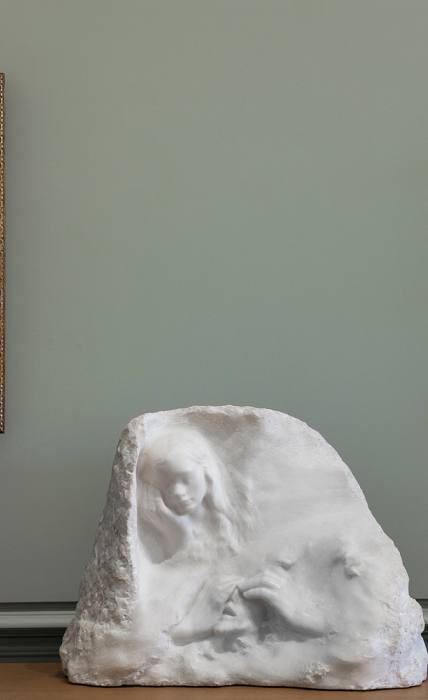
Last Vision, Star of the Morning or Before the Shipwreck
Auguste Rodin (1840 -1917) ; unknown practitioner

